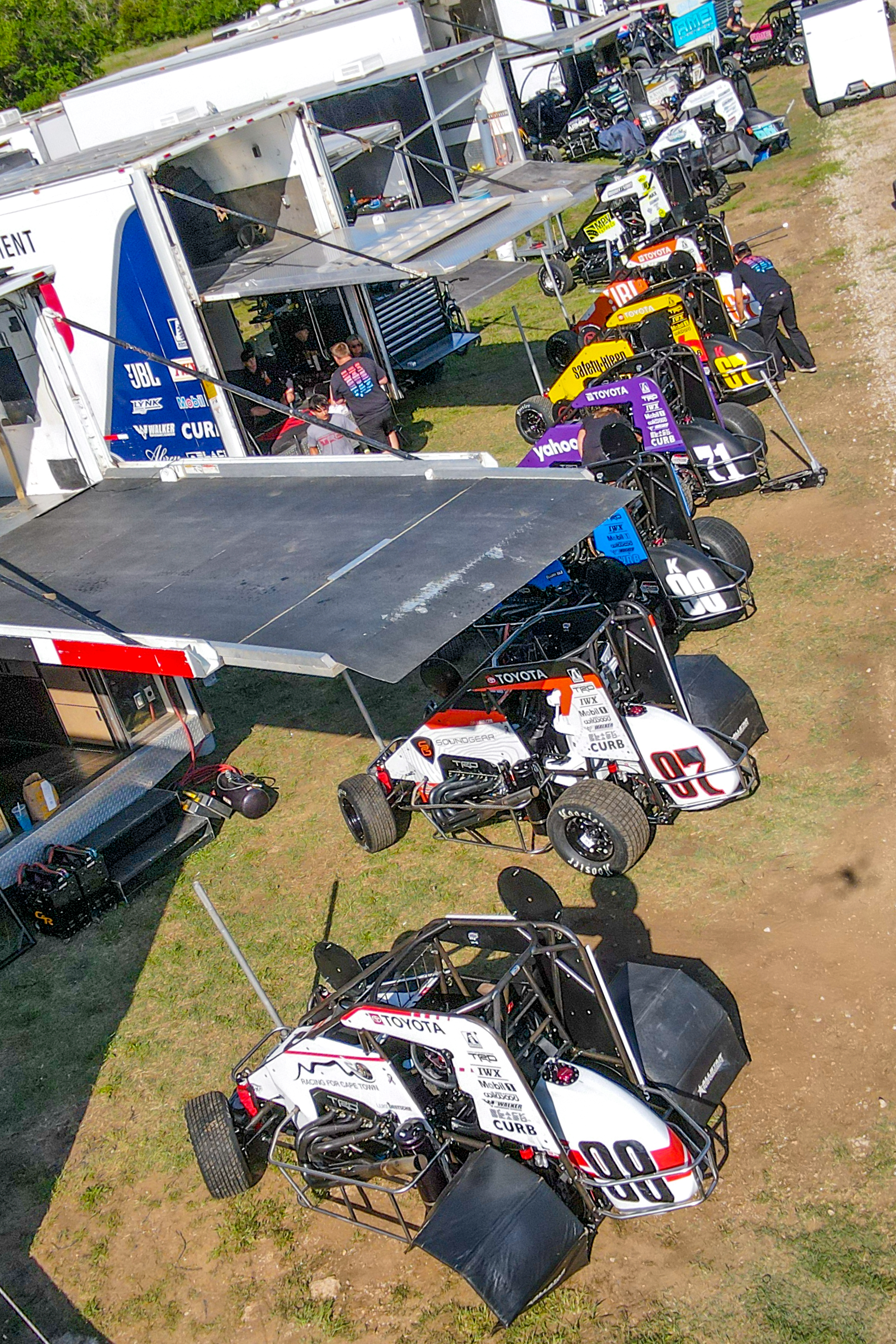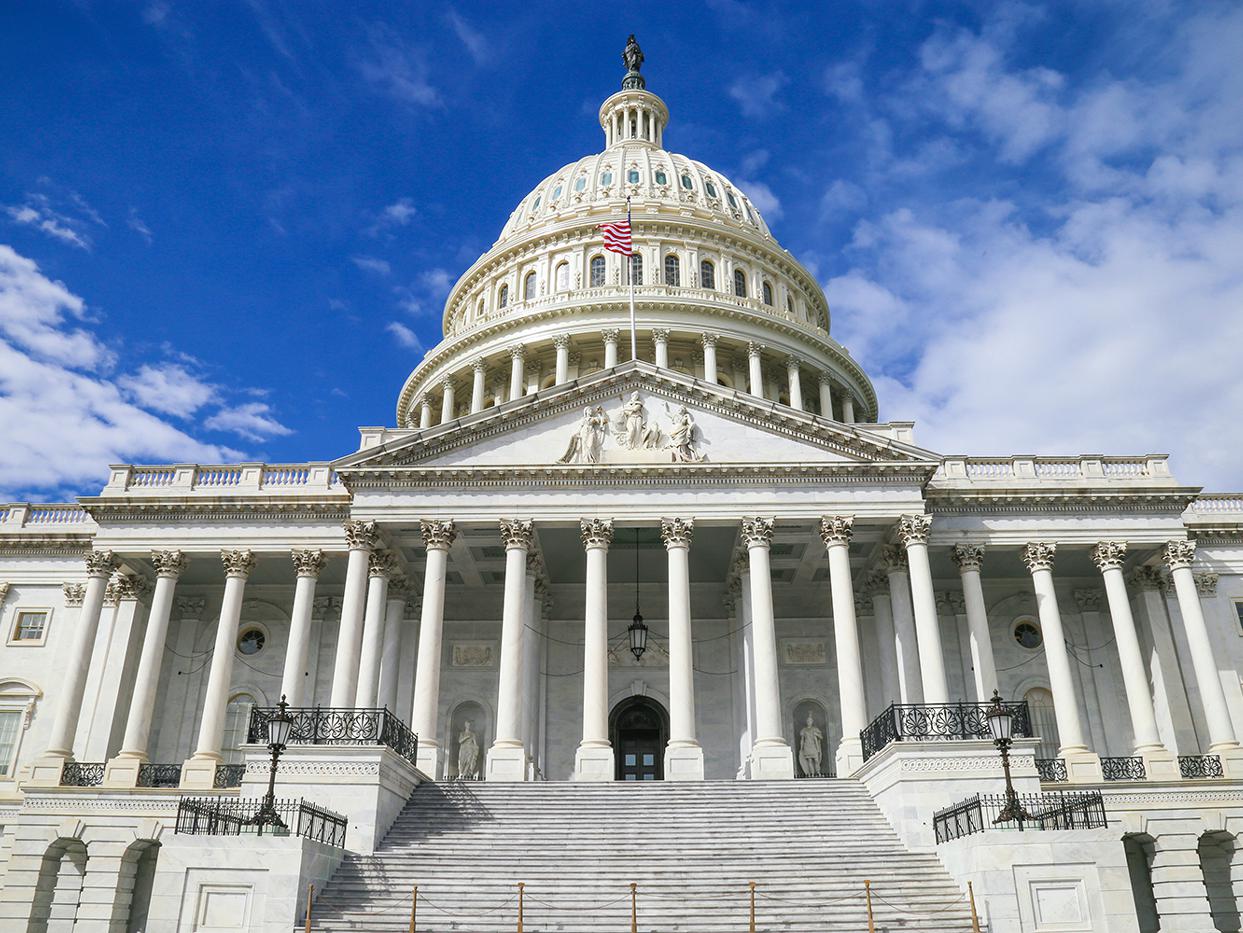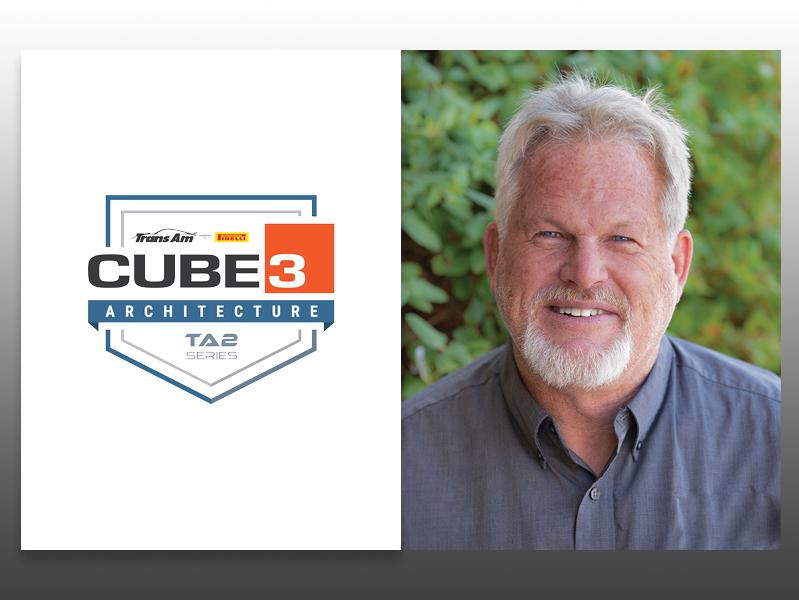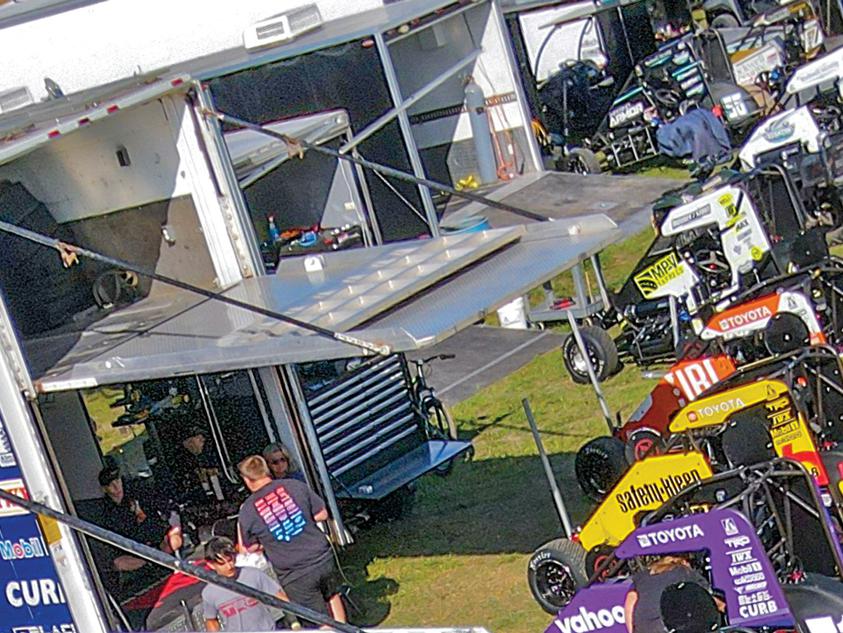Ask the Experts: Forming Sponsor Relationships that Last

Three experts weigh in on how to establish and cultivate relationships with potential sponsors instead of viewing them solely as money sources.
Competition vehicles don’t run on methanol, racing gasoline, or nitromethane. They run on dollars. Since most racers aren’t independently wealthy or born of rich parents, a racer has to become conversant in the techniques of finding money from sponsors. Pitching a sponsor for cash is one of the most consequential processes any racer can enter, and according to experts in this world, the racers frequently get it wrong. An effective proposal requires racers to know their target companies and understand how to express that backing a race team is in those companies’ best interests. That is the trick, although there is really no trick involved.
“The most important thing is to understand that sponsors have a need to sell and market their services,” said Ken Ungar, CEO of CHARGE, an Indianapolis, Indiana-based sponsorship-consultancy firm. “The racer has to understand that racing is a platform, where millions of race fans come to enjoy their sport. The racer is the one who connects the sponsor to the race fan. The sponsors want to make sure their potential customers are in that race fan audience. For this reason, the racer needs to understand the demographics and psychographics of the race fan.

“A drag racing fan is different from a NASCAR fan, who is different from a Formula 1 fan,” Ungar continued. “You have to understand the age of that audience, the gender, the household income, and their education. Businesses know who their customers are, and you have to demonstrate to the sponsor that the fans are their potential customers.”
Through its Sponsorship Success Method, CHARGE coaches racers about how to have meaningful conversations where both the sponsor and racer can benefit. “We don’t sell sponsorships, but we show people how to do it,” Ungar explained. “I recommend you start very simple, know your sponsor’s needs, and then deliver. If you think exposure is putting a decal on your car and their name on your suit, there’s also exposure that comes from social media, websites, and press releases. When you start small and can resolve problems and deliver, those grow into bigger relationships.”
Social Media’s Value
Knowing when to ask for sponsorship, and what to offer the business in return, is crucial. Erica Sietsma is founder and CEO of Autofluencer in Scottsdale, Arizona, which is a technology platform that brings sponsors and racers together to build and manage smarter sponsorships. Free for racers, Autofluencer allows potential sponsors to post their open sponsor programs. Racers can apply to the programs, enabling a more streamlined process while also providing partnership performance data. The engine that pulls today’s express train of sponsorship, she made clear, is the effective management of social media.
“Depending on your goals, doing social media is today’s currency,” Sietsma explained. “A driver’s social media will typically outperform a brand’s by six to one. Brand engagement is usually quite low, whereas the drivers already have a highly engaged target audience. When the racers promote their sponsor’s products to that highly engaged audience, it’s the strongest form of endorsement, and data proves the brands that maximize the social endorsements from their racers see higher organic website traffic and increased direct-to-consumer sales.”
For any sponsorships, she said, the racer must do the homework on the potential sponsor, probing its website and social media links to ensure there is alignment while also looking for ways the racer can bring value to the sponsor. One of the most common, but often overlooked, ways a racer can bring value is by highlighting new products the sponsor is looking to bring to market. For example: A racer may be using a firm’s supercharger on the race car but use a different supercharger from the same manufacturer on the tow rig. That’s an opportunity to expand the sponsor’s input. Autofluencer enables every step of the sponsorship process, making it simpler, more transparent, and easier to build and scale sponsorships.
Sietsma acknowledged that the sponsorship process today can be extremely manual and frustrating for both parties, but it’s not for lack of desire to build more successful sponsorships. Both sides of the sponsorships run flat out and have very little free time, but when done well, social partnerships work and are the future of our industry. As she noted, there is a reason 93% of brands in mainstream industries have incorporated influencer partnerships as part of their strategy, and more than 70% of them have boosted their partnership budgets for 2024—they are effective. Her hope is by bringing more technology, data, and education to the process, sponsors and racers will be able to spend more time doing what they love: building performance products and racing on those products, and less time sweating the small stuff.

More Than Money
Sietsma specifically cited the work of Alex Striler in San Diego, California, who founded SponsorshipSummits.com, as a valuable source of research materials on businesses that may be offering sponsorship dollars. Striler is a sponsorship coach who offers a monthly membership program that allows racers to access a 60-hour library of instructional videos on finding funding. He noted that the old method of managing sponsors, through race results published in traditional media, is largely obsolete for many.
“Business has changed now, where racers don’t have to race anymore to create value for sponsors,” Striler said. “The business of racing has changed. You need to take a business mindset when you meet people. You’re not just trying to sell someone and get sponsorship for one season. You don’t propose to marry someone on the first date, because you need to get to know them first. The very first thing racers need to do is stop selling when they meet someone new and just start forming a relationship, asking questions and understanding the business of that potential partner. A beverage company is going to have very different business objectives than an apparel company or a tire company. A lot of racers see a ‘Marketing’ title on a business card and jump right into a pitch. Then they never hear from that person again. Build the relationship first, and don’t approach people with the sole intention of seeking sponsorship. It could be a company that has outstanding media but no money. You’re not going to get money, but they can sure come to your events and record you, and edit the recording, and create content for you. There’s much more a sponsor can do besides just give you money.”
As an example, he pointed to his own experience with his teenage son, who had started a sock brand. Striler’s son gave socks to motorsports stars Tanner Foust and Ricky Johnson, who happened to be at the Lake Elsinore short-course off-road races. Another racer saw Foust and Johnson wearing the socks, then searched the sock company and approached Striler’s son. “He says, ‘Give me $100,000, and I will put your logo on the front of my car.’ It is a 16-year-old sitting in a garage with a little business. The example being, this racer was pitching a company he didn’t understand and didn’t know and kind of made a fool out of himself. The very first thing is to know who you are speaking to, and learn about them, instead of trying to sell them on your race program. By far, that is the single biggest problem racers have—not pitching to the right person.”
Ungar identified other challenges for racers seeking sponsorships. One of the most important issues is for racers to distinguish themselves from other racers. “You do it by describing who you are and what you stand for, including your interests and passions. Thousands of people race Late Models, so part of it could even be the size of your social media audience. Maybe you’re a veteran who races, and your program is attractive to other veterans. That might be a way to distinguish yourself from other racers who aren’t veterans.”
A racer has to be armed with relevant data to effectively win a sponsorship, Sietsma added. “If as a driver you aren’t treating your partnerships like a business transaction and getting serious about how you are being measured, what value you can provide, and can show the brand partner your value, it will be tough to compete when other drivers are starting to do this more consistently. In today’s day and age, a driver can crush the sponsorship game even if they’re not posting up Ws on the track: Provide content to brands that can connect them with audiences as well as help their own merchandising strategy. It’s a whole world of opportunity.”
Striler strongly advised racers to avoid approaching marketing directors at trade shows, who are more interested in selling their own products to show attendees. They start pressing decks and proposals into the marketing director’s hands and look for a deal. It’s more realistic, he said, to start with attainable goals.
“You need to start small and start local,” Striler said. “Some racers go straight to Ford corporate and try to meet Jim Farley, Ford’s CEO. But if you go to a local Ford dealer, they might actually have an F-150 they can loan you for an event and put a logo on. Lots of times, local sponsorships go regional and then go national. So the first person you meet is a lead to many other people. Once you know somebody, you can make a call, get a recommendation that doesn’t just go through cold calling. If a salesman goes to a marketer and says, ‘Hey, I think this is going to work,’ the marketers often listen.”
SOURCES
Autofluencer
autofluencer.com
CHARGE
chargesponsorship.com
Alex Striler
alexstriler.com
 MEMBERSHIP LOGIN
MEMBERSHIP LOGIN JOIN PRI
JOIN PRI


